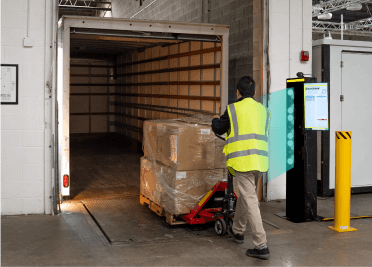The artificial intelligence (AI) hysteria has reached the point where some are now claiming that the only way to manage a network is by talking to the screen with a “natural language” interface. No graphical summaries, no detailed investigations, no direct access to data. With this approach you’re left to the mercy of the AI engine to understand what is being asking for and to return the information you really need. Think Amazon Echo or Google Home for network management.
But, since customers are asking if this is even feasible, some basic research was done and found that Alexa attempts to answer about 50% to 70% of the questions it is asked—and when it does answer, it gives incorrect or unwanted answers 20% of the time.
In fact, another networking vendor recently told an audience that their natural language processing solution has similar reliability characteristics—it fully misses one third of all network issues. One-third seems optimistic and seeing "Sorry, I don't know that one" or automatically having a TAC case opened are acceptable responses to a network outage.
When using a tool like Alexa, it helps to know what you’re looking for. For example, a song title or something simple like asking for the time. But solving network issues can be complex, so you’re not always sure what to ask for when trying to solve a problem. This is where a dashboard is valuable.
There’s also a practical requirement to understand how our networks are performing. The business expects IT to be on top of mission-critical functions and to find and fix problems quickly. So, an AI-enabled natural language processing (NLP) interface can complement the use of a dashboard. In fact, anything that can assist an engineer in the troubleshooting process and takes advantage of available data is a step in the right direction. But given the failure rate of AI NLP, being locked into that interface and only that interface means scrambling to explain to the line of business and others why the network has failed.
For this reason, a natural language search feature in Aruba Central to deliver AI Insights that facilitate network management. But it’s not intended to replace the wide range of tools network engineers require, including dashboards. Because AIOps helps identify and solve problems that may not have been easily recognized in the past, our search feature is just another way to augment how quickly an engineer can get to a specific problem and root cause.
Over time, our natural language search feature will help engineers see what is searched for most frequently by the team, and which users or devices were involved in issues most often. This, in addition to associated AI Insights will help pinpoint problem areas, and where engineers can dive in to investigate further.
As networks are dynamic in nature, it would be nearly impossible to program a natural language processing assistant for every scenario, as there will always be the unknown. Just ask someone at Google or Amazon if it’s easy coming up with 100% of the answers. Luckily, for networking operations, there’s still an easy-to-use dashboard that lets you configure a switch port, look at an AP config, and just connect with your network, when and as you need it.
Beware of marketing claims that lead down a dangerous path. The thing to remember is that a dashboard and natural language search each serve a purpose and work together to improve how you operate your networks with increased efficiency. Pushing some AI “breakthrough” to the exclusion of practical and proven management tools is not “raising the bar,” it is exponentially increasing the risk.
Are you ready to make that chance?










